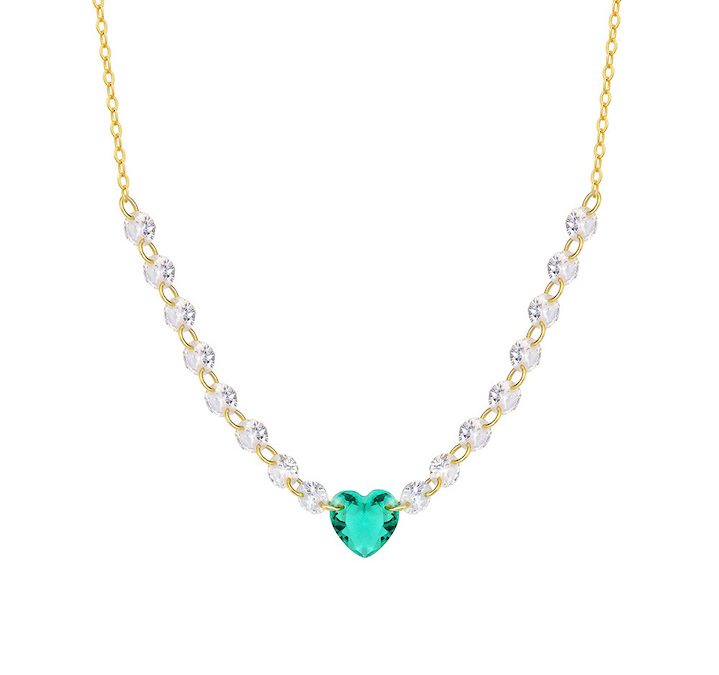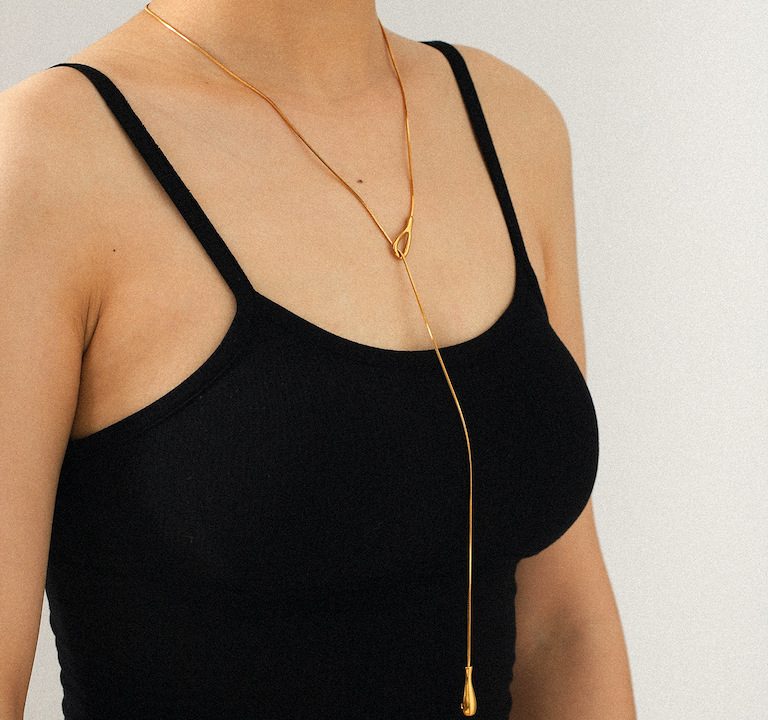The silver’s international cost is only around $1.0 each gram, but why 925 silver jewelry’s sale price normally to be over $5 or $10? Even the bulk factory cost can up to $2.0-$5 for each gram?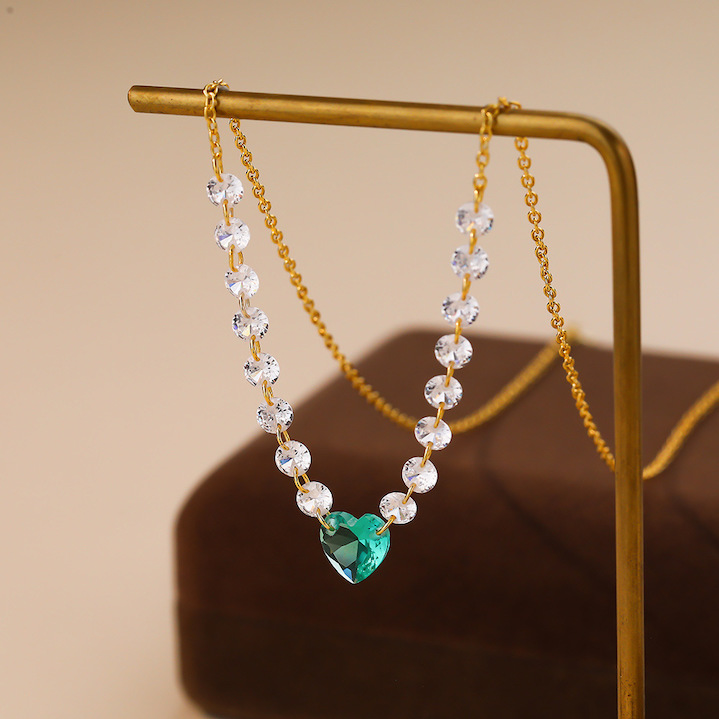
925 sterling silver jewelry is a popular choice for both designers and consumers due to its affordability, durability, and aesthetic appeal. The cost of 925 sterling silver jewelry can vary depending on several factors. Here’s a breakdown of how the cost is typically calculated:
1. Material Costs
-
Silver: Sterling silver is an alloy consisting of 92.5% pure silver and 7.5% other metals, usually copper. The price of silver fluctuates based on market conditions, but generally, the cost of silver is a significant factor in the overall price of the jewelry.
-
Additional Metals: If the jewelry contains other precious metals like gold plating or contains gemstones, these will add to the material costs.
2. Manufacturing Costs
-
Labor: The cost of labor depends on where the jewelry is made. Labor costs can be higher in countries with higher living standards and labor laws, such as the United States or Europe, compared to lower-cost manufacturing countries like China or India.
-
Design Complexity: More complex designs require more labor and may involve specialized techniques, which can increase the cost.
-
Finishing: Polishing, plating, and other finishing processes also contribute to the overall cost…when the 18k gold’s plating cost is only $1.0 for 0.03 micron only, it can be up to $6-$10 for over 1-5 microns.
3. Gemstones and Additional Materials
-
Gemstones: If the jewelry includes gemstones, the type, quality, and size of the stones will affect the cost. Natural gemstones like diamonds, rubies, and sapphires are more expensive than synthetic or lab-created alternatives.
-
Other Materials: Additional materials such as enamel, leather, or other decorative elements can also increase the cost.
4. Overhead Costs
-
Rent and Utilities: Rent for the workshop or studio space, as well as utilities, are ongoing expenses.
-
Equipment: Machinery and tools required for production, maintenance, and repair.
-
Insurance and Taxes: Insurance premiums and taxes can also contribute to overhead costs.
5. Marketing and Distribution
-
Advertising: Costs associated with promoting the jewelry, such as online advertising, social media campaigns, and print media.
-
Retail Markups: Retailers often mark up the wholesale price to cover their own costs and profit margin.
6. Profit Margin
-
Designer Profit: The designer or manufacturer needs to make a profit on each piece to sustain the business and invest in future designs and production.
Example Cost Breakdown: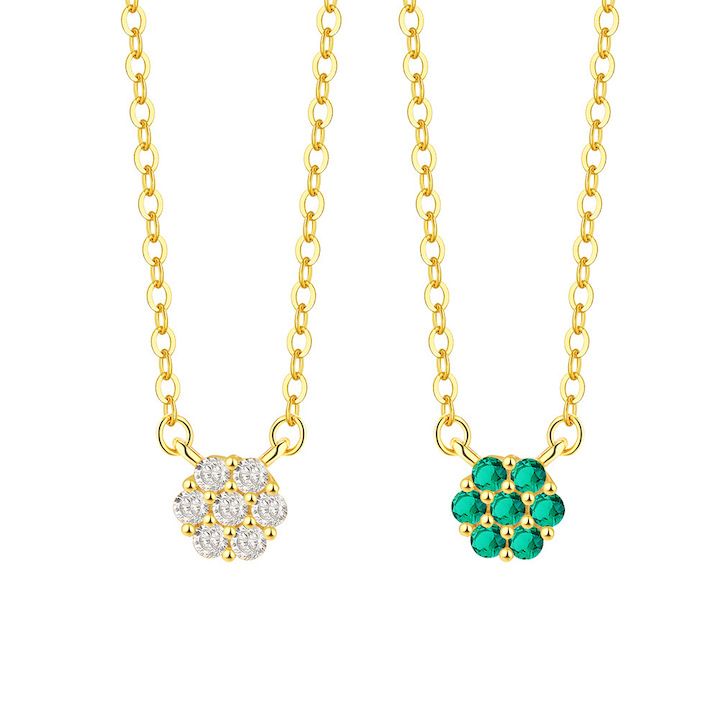
Let’s say you’re designing a pair of 925 sterling silver earrings with cubic zirconia (a popular diamond simulant).
-
Material Costs:
-
Manufacturing Costs:
-
Gemstones and Additional Materials:
-
Overhead Costs:
-
Marketing and Distribution:
-
Profit Margin:
Total Cost Calculation:
-
Material Costs: 0.50(𝑠𝑖𝑙𝑣𝑒𝑟)+0.50(silver)+1.00 (stones) = $1.50
-
Manufacturing Costs: 5.00(𝑙𝑎𝑏𝑜𝑟)+5.00(labor)+1.00 (finishing) = $6.00
-
Overhead Costs: 0.50(𝑟𝑒𝑛𝑡)+0.50(rent)+0.50 (equipment) + 0.50(𝑖𝑛𝑠𝑢𝑟𝑎𝑛𝑐𝑒)=0.50(insurance)=1.50
-
Marketing and Distribution: 1.00(𝑎𝑑𝑣𝑒𝑟𝑡𝑖𝑠𝑖𝑛𝑔)+1.00(advertising)+5.00 (retail markups) = $6.00
-
Profit Margin: $3.00
Total Cost:
-
1.50(materials)+1.50(Materials)+6.00 (Manufacturing) + 1.50(overhead)+1.50(Overhead)+6.00 (Shipping, Marketing and Distribution) + 3.00(profit)=3.00(Profit)=US$18.00
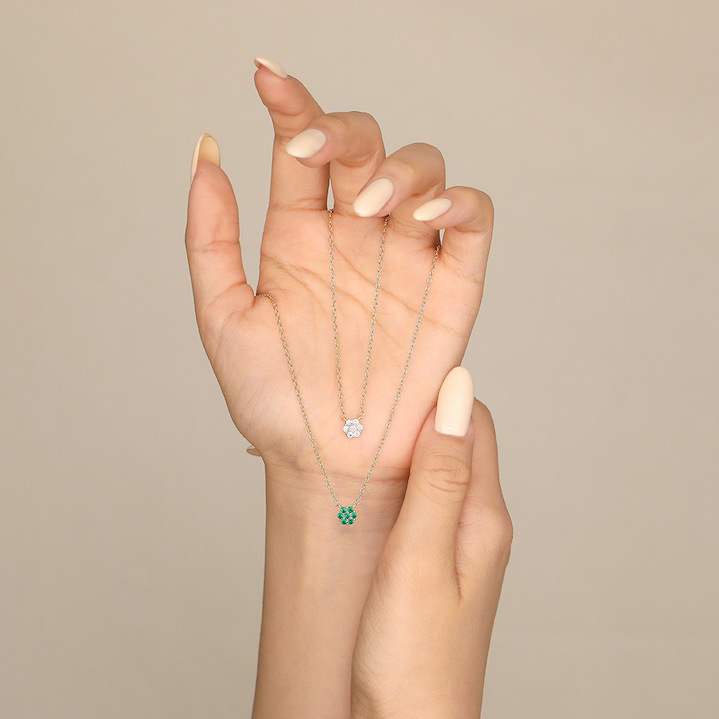 This is a simplified example, and actual costs can vary widely depending on the specifics of the design, materials used, and the location of production. It’s important to conduct thorough research and obtain accurate quotes from suppliers and manufacturers to determine the exact cost of your jewelry pieces.
This is a simplified example, and actual costs can vary widely depending on the specifics of the design, materials used, and the location of production. It’s important to conduct thorough research and obtain accurate quotes from suppliers and manufacturers to determine the exact cost of your jewelry pieces.


